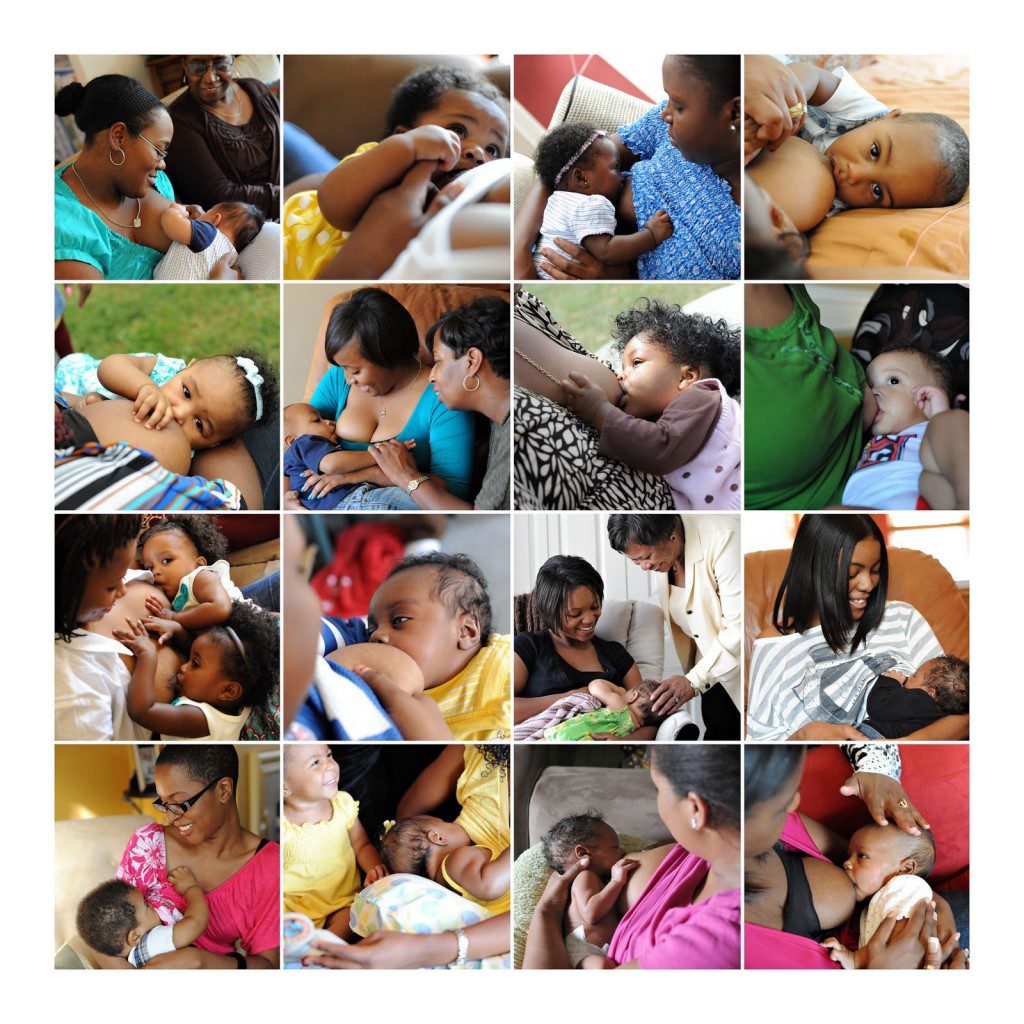by Dr. Eve Agee
The uterus…it’s our first home, a place of safety and security. Yet did you know that this vital female organ can also be a key source of sensuality and ecstasy for women? Even though in the West we don’t frequently associate the uterus with sexual satisfaction, many ancient cultures celebrate the sensual gifts of the uterus and recognize it as one of the main pleasure centers of our female bodies.
For many women, it may take a shift in the way we relate to the uterus to open up to the sexual rewards it can give us. From a physiological standpoint, during vaginal stimulation or sex (with yourself or a partner), the uterus enlarges and elevates with every phase of sexual response. This can generate wonderful satisfying sensations for women and full-on uterine orgasms in some. Even researchers describe uterine orgasms as “earth shattering” and profoundly emotional.
These mind-blowing surges of pure bliss often occur when there is a strong emotional connection such as a intense intimate bond with a partner or during the birth of a child. At least thirty percent of all women in scientific studies have blended or g-spot orgasms, which are a combination of clitoral and uterine orgasms. At home away from the sterile laboratory settings the numbers are probably much, much higher.
For women wanting to find new ways to relate to the uterus for vibrant pregnancy, childbirth or lifelong sexual health, it can be helpful to get in touch with the energy of the uterus to expand ecstasy and awareness. To do so (or to help clients do this) it’s important to create the freedom to explore what feels good to our bodies in a safe comfortable setting. This may not involve a partner at first but rather taking time with yourself to play around with what it’s like to experience pleasurable sensations in the uterine area.
You can start to get in touch with your uterine energy to expand ecstasy your pleasure by making a few minutes everyday to connect with your womb space. Wear loose comfortable clothing and find a quiet place you can recline or lie down where you will not be disturbed. Close your eyes and begin to breathe deeply into the pelvic core and imagine or intend that you can connect with your uterus. Silently or out loud, say hello to your uterus, like you might greet a beloved friend. Breathe deep long breaths in and out through your nose as you focus your awareness on your uterus. Place one hand on the lower abdomen and caress, stroke, or move your hand in slow circles around the lower part of your belly over the uterine area.
Begin to imagine a rich orange or golden light flowing to the uterus, filling it with love and tenderness. You may also want to envision or sense the uterus pulsating in ways that bring you pleasure while breathing deeply into your womb. With every breath, feel your uterus starting to fill with satisfying sensations and delight. Continue this exploration for as long as you would like, acknowledging that regularly taking time to imagine your uterus flowing with waves of pleasure will help you heighten sexual ecstasy. When you complete your practice, thank your uterus and your body for all the blessings they give you.
Remember that you can connect with your uterus anytime throughout your day by placing your hand over it, receiving a deep breath and feeling gratitude for all that does for you. Just like any relationship, the more positive attention and love you give to your uterus (and all of your body), the more delight you receive in return. Approach this process with a light heart and have fun with it. Taking the time to explore the secret pleasures of our uterine energy can bring many gifts to enjoy–for a lifetime. Please post any insights or questions that came to you while reading this post below–we would love to hear from you.
 Dr. Eve Agee is an international bestselling author, medical anthropologist, women’s health expert, and Founder of the Transform Coaching Academy. Her best-selling book, The Uterine Health Companion: A Holistic Guide to Lifelong Wellness (Random House), is the winner of the International Book Awards.
Dr. Eve Agee is an international bestselling author, medical anthropologist, women’s health expert, and Founder of the Transform Coaching Academy. Her best-selling book, The Uterine Health Companion: A Holistic Guide to Lifelong Wellness (Random House), is the winner of the International Book Awards.
Eve has served as a White House expert, taught at the University of Virginia, and researched women’s healing throughout the world. She is the co-founder of the Hot Flash Mob and her work has been featured on NBC, Fox, BBC, iTV, Fox and NPR. You can learn more about Dr. Eve’s programs at www.eveagee.com.
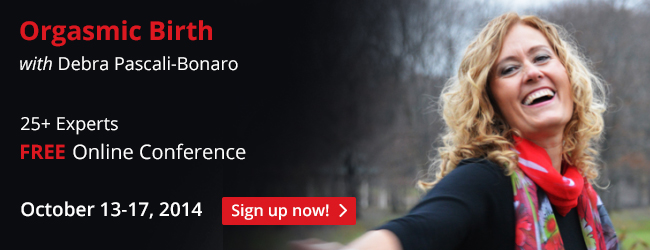


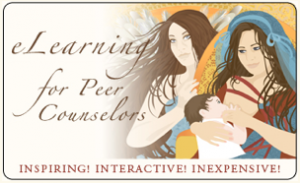
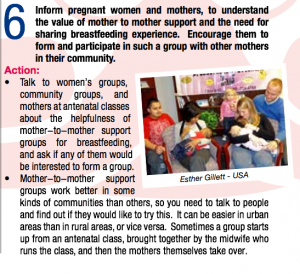
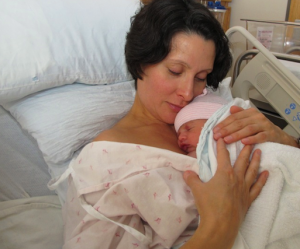



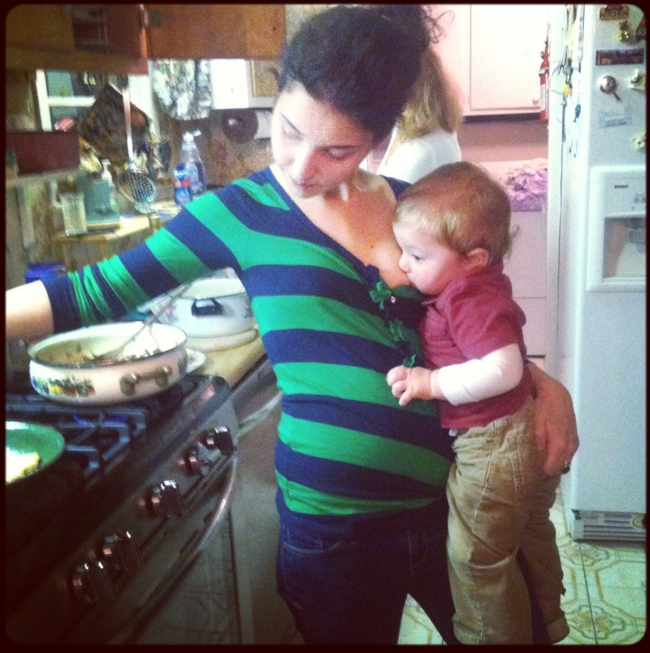


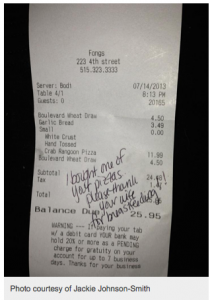
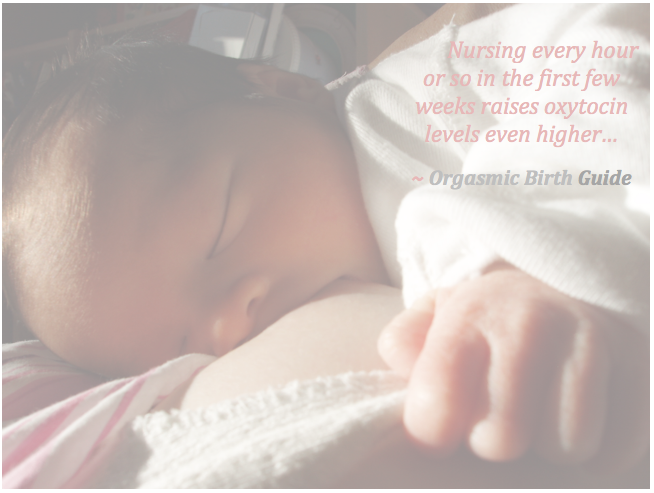

 Police Officer Breastfed Quake Babies
Police Officer Breastfed Quake Babies